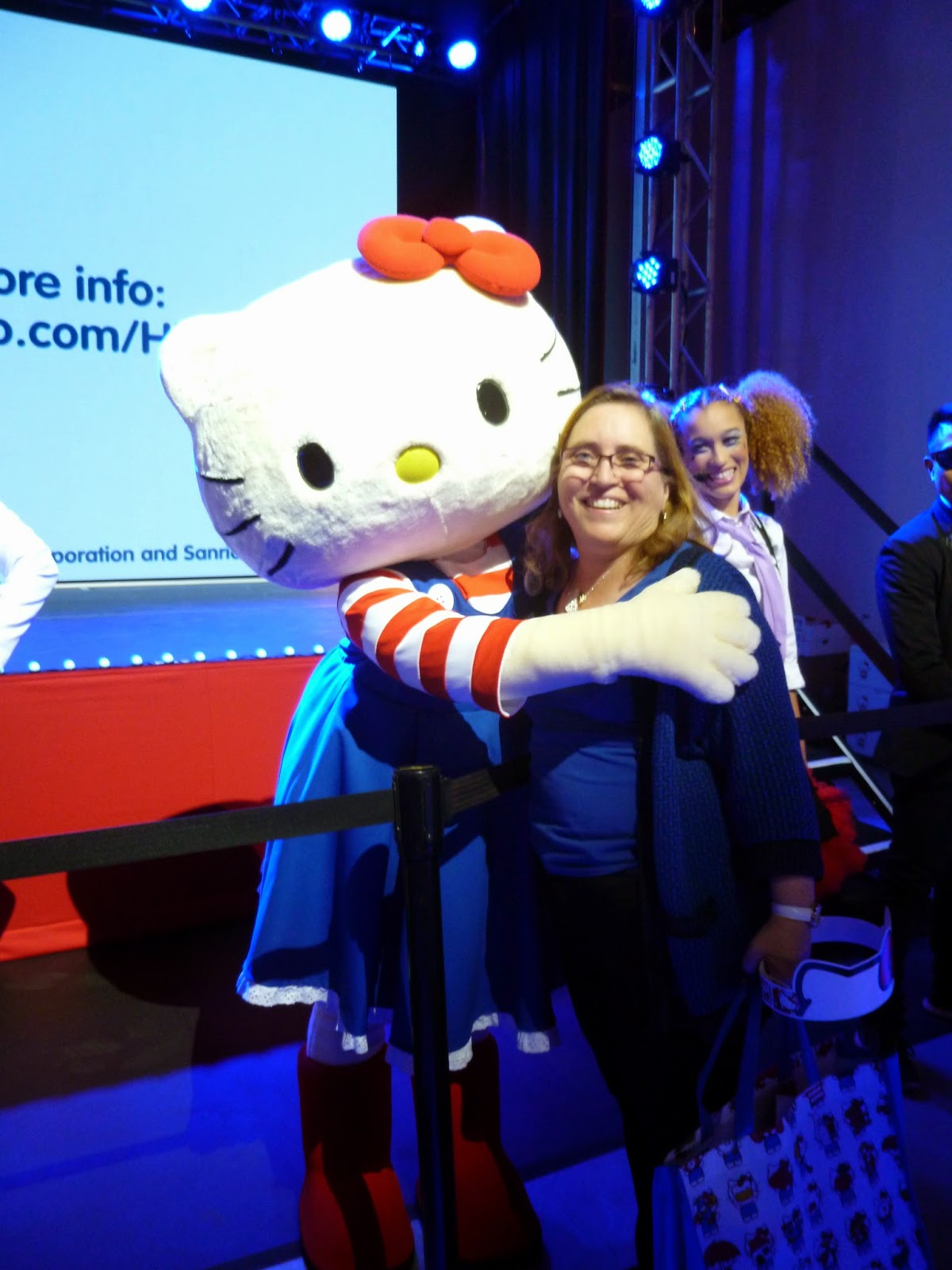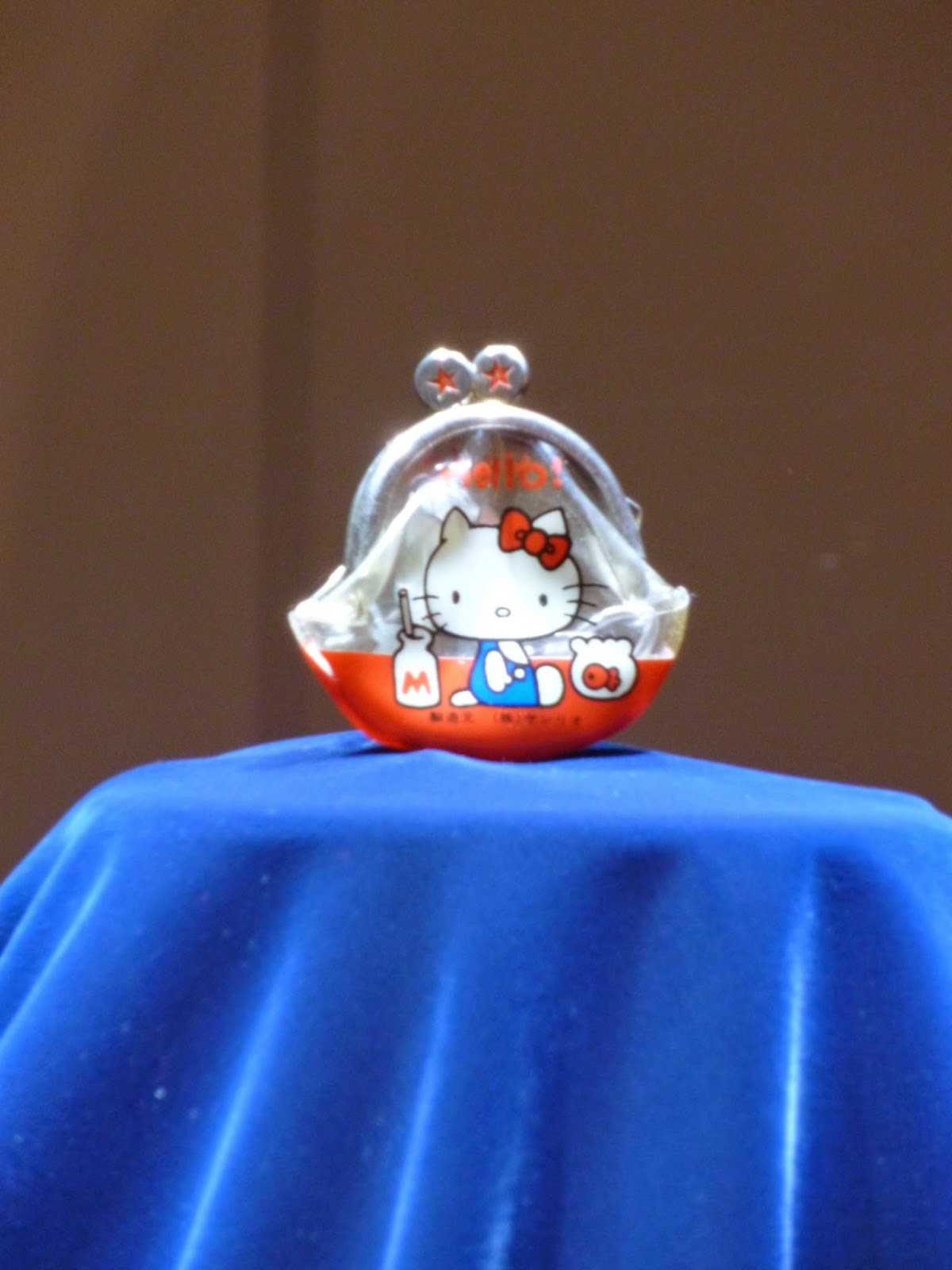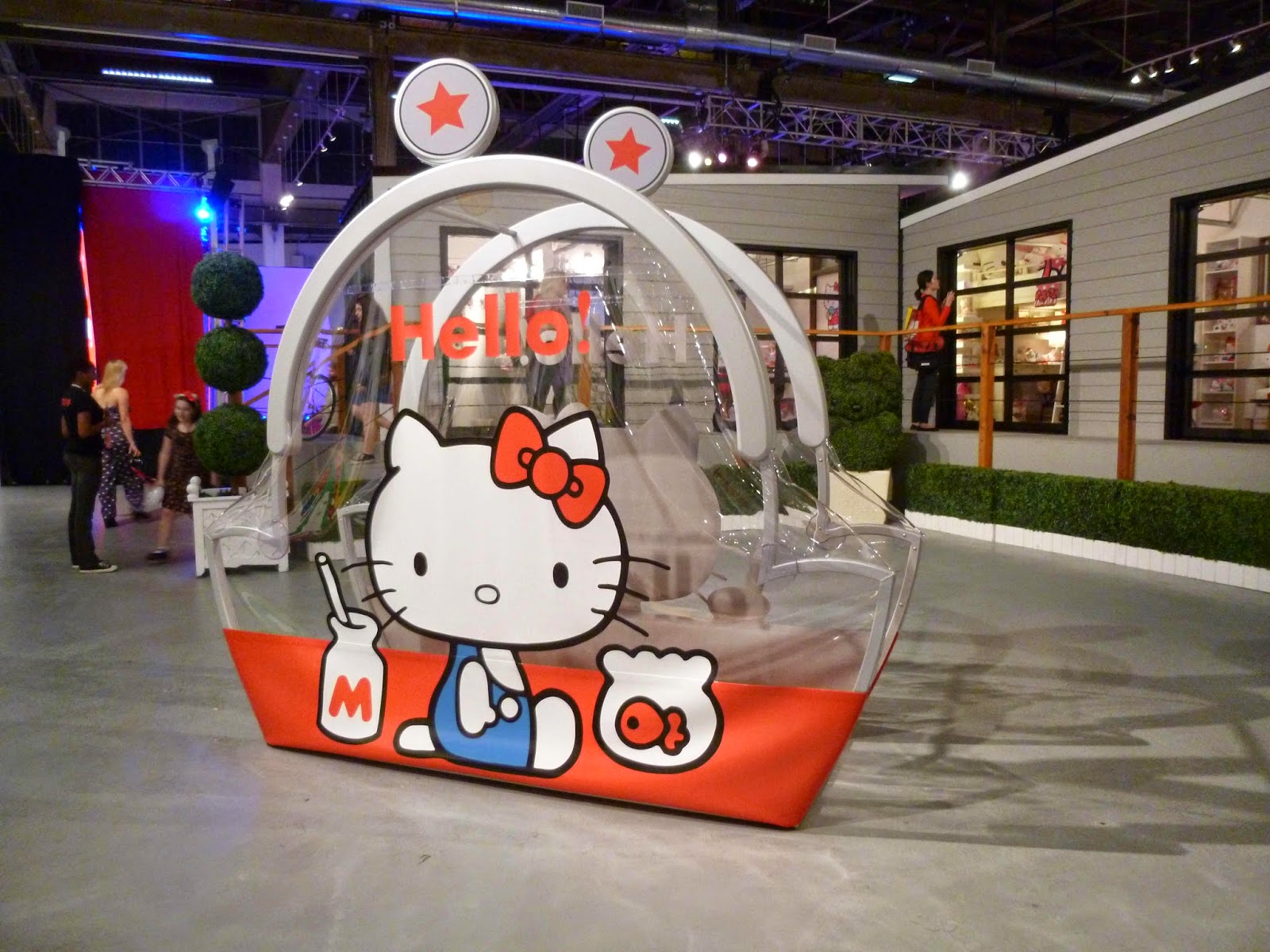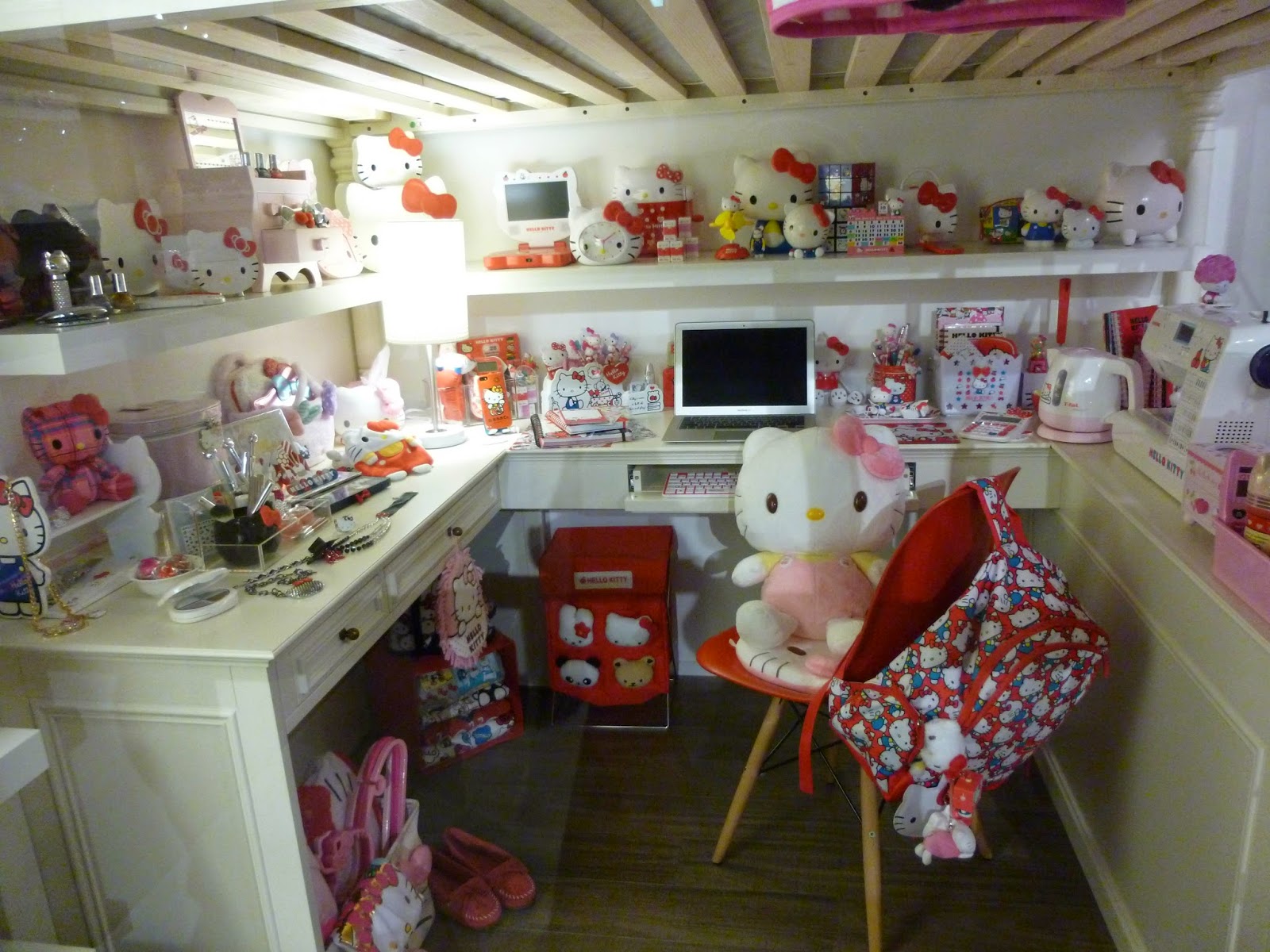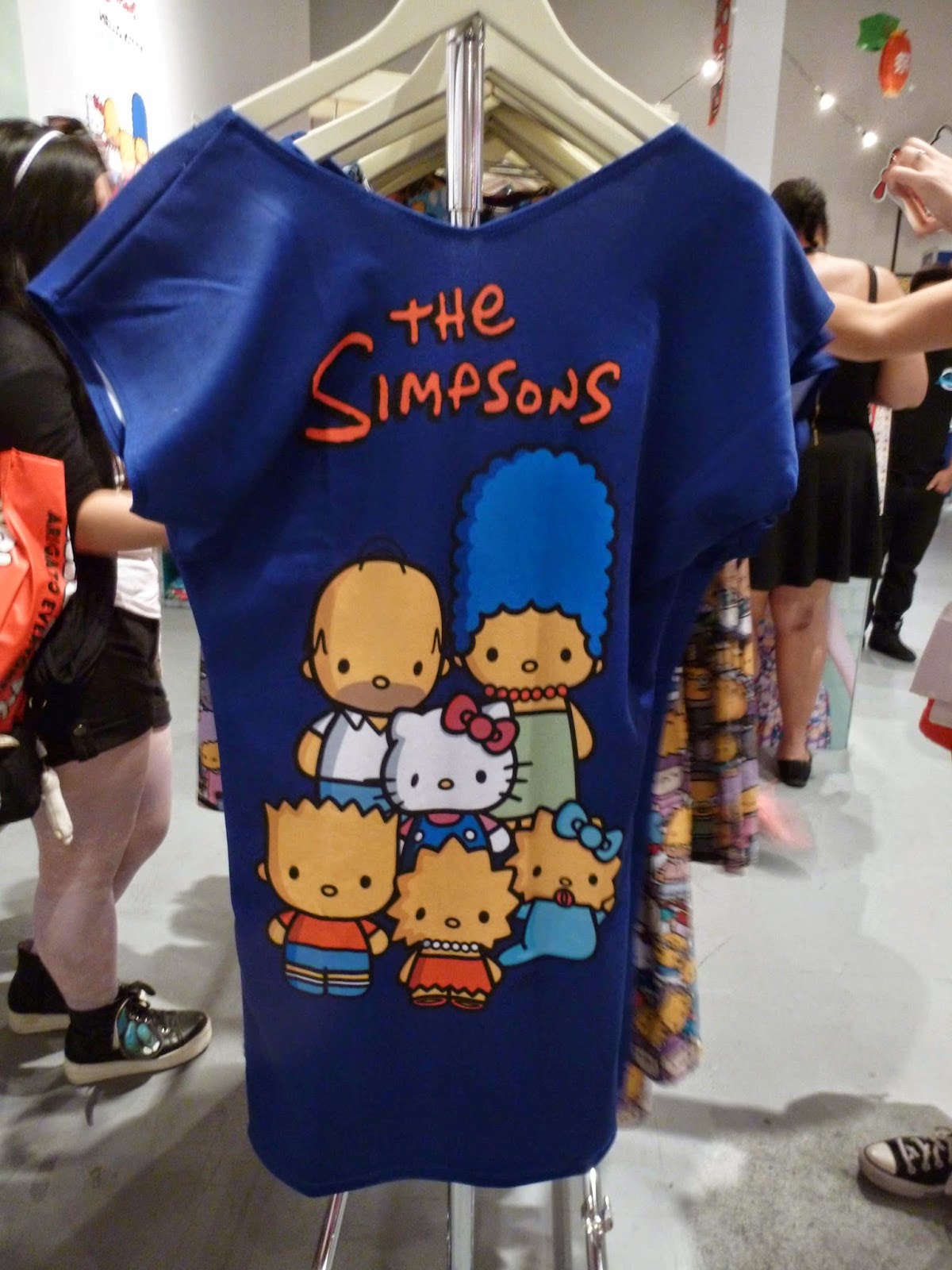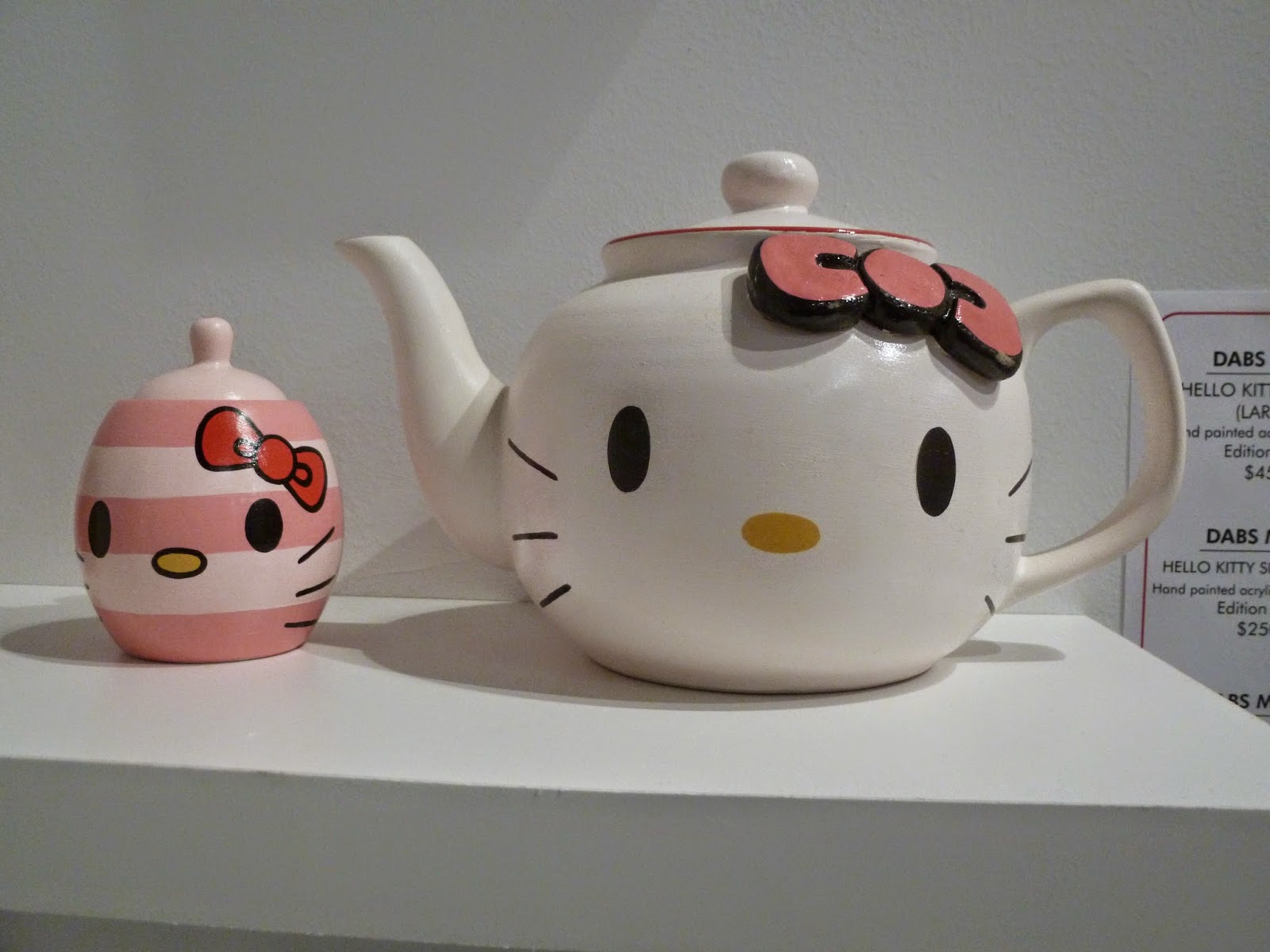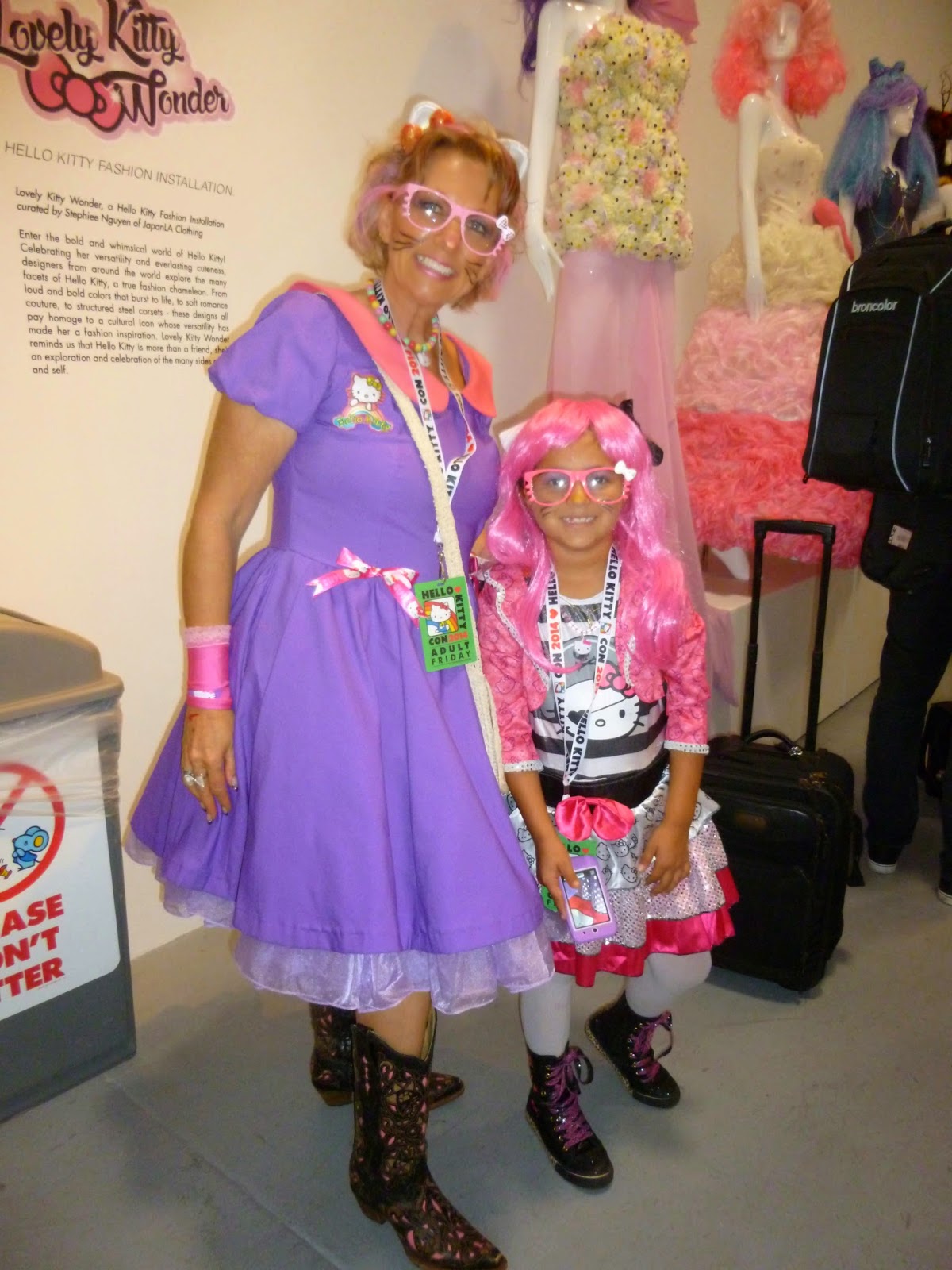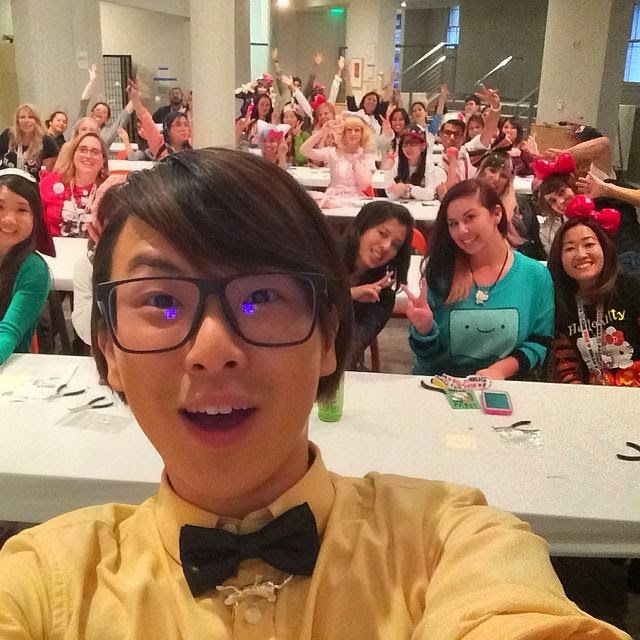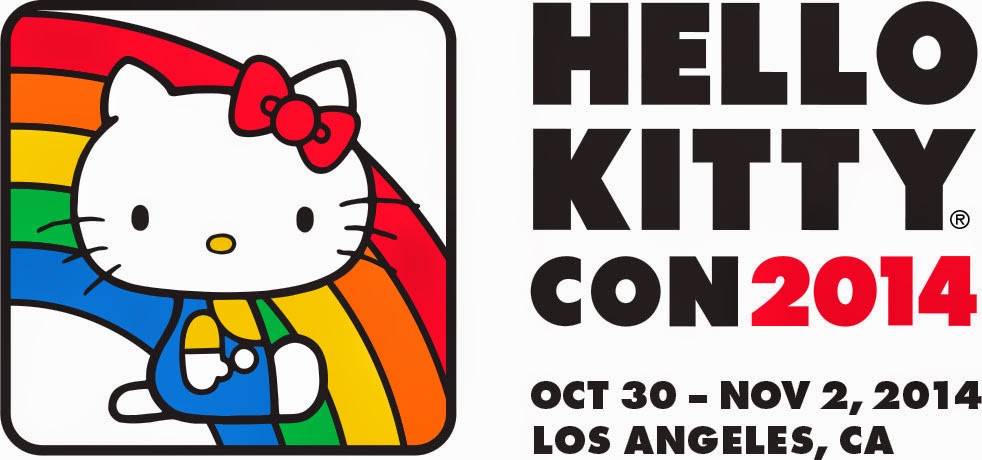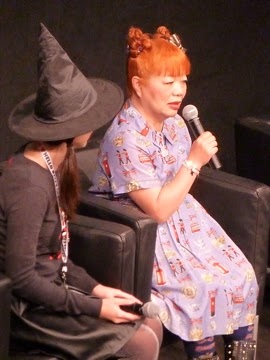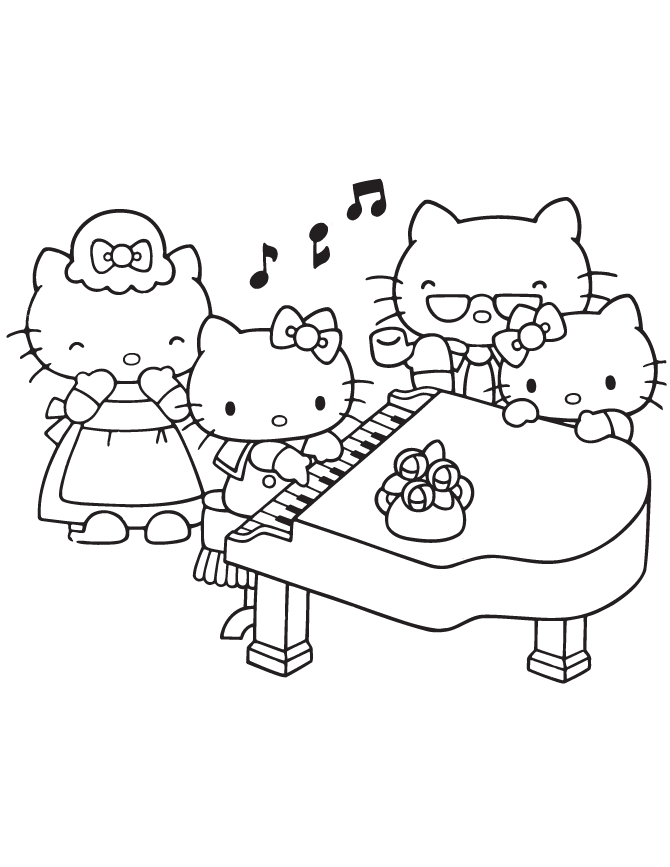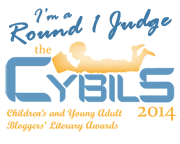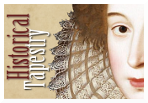He has kindly agreed to answer a few questions about his very funny new picture book, I'm My Own Dog. In a role reversal that will tickle all dog lovers, this dog has no need of a human owner. He can perfectly well take care of himself (except for that one little spot he can't scratch). But what will happen when he lets one of those cute humans follow him home? Kids and adults alike will love the reversal of roles in Stein's newest book.
Q: David, my miniature poodle Buddy would love your new book--if he could read. He definitely thinks he's in charge of the house and will even carry his own leash and throw toys to himself in play and then run and fetch them. Was there a particular dog that inspired you to create the character in I'm My Own Dog?
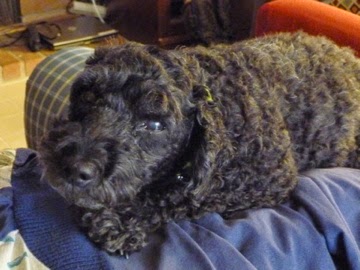 |
| my dog, Buddy |
A: Hi Margo! Maybe he can read, but doesn’t want to let on. Even if he doesn’t read English, I’m hoping this book will be translated to Doggish sometime soon. Admittedly, it’s hard to find a translator…. “Woof! Wauf! Wooooah! Wuf. Rrrrrr?” Sorry for the interruption; that was just me asking if there are any dog translators out there. I only speak a little, broken Doggish.
I was not inspired by any one dog, but by my inner dog, I suppose, who wants to be his own master. To be able to choose how he responds to the world, and not be lead around by a leash of fear or knee-jerk reaction. That is a kind of mastery. That is a dog who walks himself.
 |
| some examples of Stein's humor and artwork |
Q: Who are some of your favorite fictional dogs, either in children's or adult literature?
A: Harry the Dirty Dog.
Q: Could you discuss a bit using animals or monsters as protagonists in children's books instead of actual children? I've always wondered if this decision was made in order to avoid having to choose a specific race if children were used, or is it really just because it's much more fun to draw chickens and dogs than kids?
A: Sure. I don’t know that there’s only one answer to this, but it does seem to me an animal or monster or whatever non-human character we employ in literature, is used to give a higher degree of universality. Kids tend to be open to animals in a way that they are not open to people.
It is perhaps easier to achieve a timeless quality using non-humans, because you can circumvent the trappings of fashion, technology, etc.
And yes, I do think it’s effective to use animals when it comes to race and even gender, in that it helps focus on the subject matter, and I think it is more relatable for all children.
Additionally, although we live mainly in cities, there is still an archetypal wilderness inside each of us, populated by wolves, bears, rabbits, owls, snakes, and such. Whether this stems from Fairytales, or Aesop’s Fables, or much deeper times when we ourselves lived in the woods, I don’t know.
Lastly, from an illustration standpoint, it is more fun to draw creatures or animals. I am not that into drawing kids, for some reason. Animals and monsters and such can be designed to an extent that allows for a lot more leeway.
David, thanks so much for visiting The Fourth Musketeer! I look forward to reading I'm My Own Dog in one of my library storytimes soon!
In addition to his website, you can find David Ezra Stein on Facebook. Here's the schedule for the complete blog tour:


